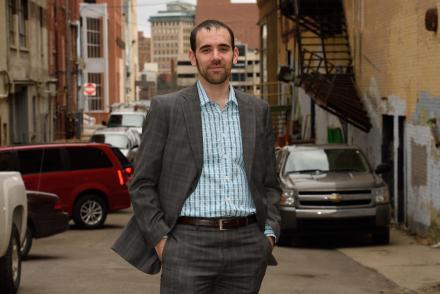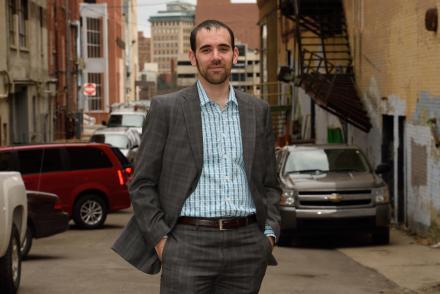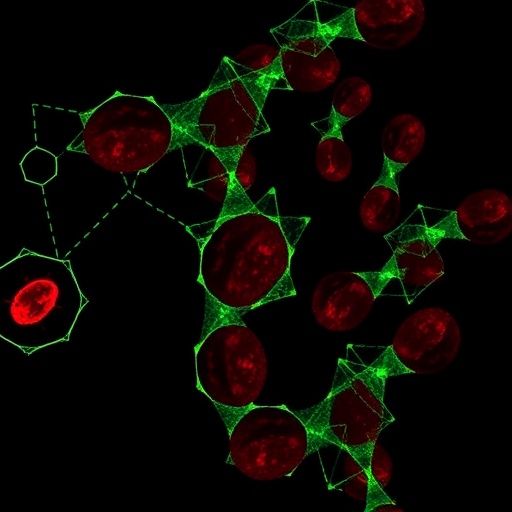
Credit: Harley J. Seeley
EAST LANSING, Mich. – Maintaining the yards of vacant properties helps reduce crime rates in urban neighborhoods, indicates a new Michigan State University study that's the most comprehensive to date.
The study, published online in the journal Applied Geography, overlaid nine years of crime statistics in Flint, Michigan, with data from a greening program where thousands of abandoned lots in various neighborhoods were regularly mowed and maintained.
Richard Sadler, an urban geographer and the study's lead author, assigned each neighborhood a "greening score" based on how many vacant properties in the area were being kept up. Using a method called "emerging hot spot analysis," which identifies patterns or trends of events over space and time, he applied crime data from 2005 through 2014.
"Generally speaking, I found that greening was more prevalent where violent crime, property crime and victimless crime were going down," said Sadler, an assistant professor of public health in the College of Human Medicine.
The premise of the study was devised when the Genesee County Land Bank Authority began its Clean and Green program 13 years ago to spruce up vacant property throughout the city. They discovered that over the years, the program seemed to produce another benefit – in neighborhoods where community groups maintained vacant lots, crime appeared to decline.
"We've always had a sense that maintaining these properties helps reduce crime and the perception of crime," said Christina Kelly, the land bank's planning and neighborhood revitalization director. "So we weren't surprised to see the research back it up."
Flint's population of slightly more than 100,000 is half what it was in the 1960s and the city has lost 41 percent of its jobs as the auto industry pulled out. This led to a concentration of poverty in Flint, a decrease in the number of police officers and a rise in crime to one of the highest rates in the nation.
Today, more than 42 percent of the properties in Flint are either publicly owned or otherwise vacant.
Sadler said investments in eliminating blight and getting community buy-in can pay off in a number of ways for urban areas across the country and be less expensive to sustain.
Earlier studies have shown that greening and gardening programs in general are linked to less stress, depression and hopelessness for residents, as well as lower crime rates, including assaults, burglaries and robberies. But Sadler mentioned that an in-depth space-and-time analysis of these correlations has not been explored until now.
He indicated that programs such as Clean and Green not only make the properties more attractive for development and stabilizes neighborhoods, but alert potential criminals that residents are keeping an eye on things.
"It's people looking out for their own neighborhoods," he said. "If you know somebody's watching, you're not going to go out and vandalize something. It's the overall change in perception created by cleaning up blighted property."
###
Michigan State University has been working to advance the common good in uncommon ways for more than 150 years. One of the top research universities in the world, MSU focuses its vast resources on creating solutions to some of the world's most pressing challenges, while providing life-changing opportunities to a diverse and inclusive academic community through more than 200 programs of study in 17 degree-granting colleges.
Media Contact
Sarina Gleason
[email protected]
517-355-9742
@MSUnews
http://msutoday.msu.edu/journalists/
############
Story Source: Materials provided by Scienmag





